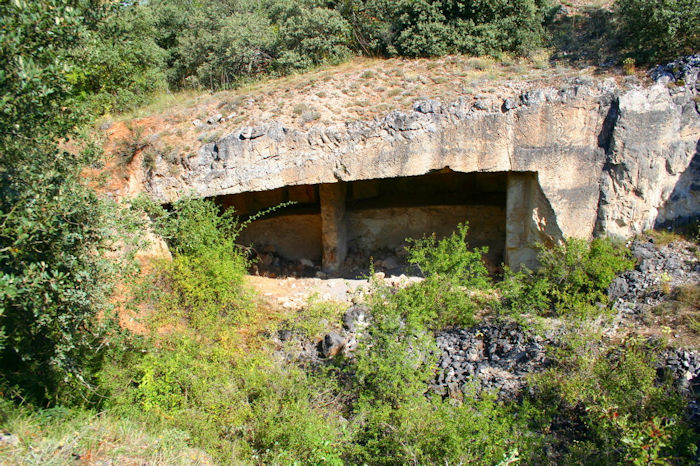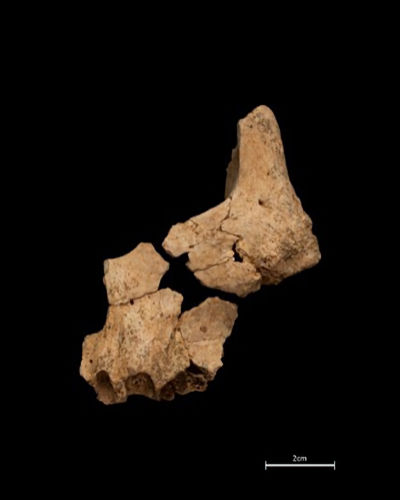Jan Bartek – AncientPages.com – Archaeologists excavating in Northern Spain have made an extraordinary discovery that they define as a breakthrough capable of rewriting the history of human evolution in Europe.
At the caves of the Sierra de Atapuerca near Burgos, scientists unearthed facial bones that are 1.4-million-year-old. These are the oldest human fossils ever found on the European continent, and these fossils add some 1 million years to the history of human habitation in Europe.

The caves in Atapuerca, Burgos. Credit: Mario modesto – CC BY-SA 3.0
This is a groundbreaking discovery considering that the oldest hominid fossil found in Europe was a jawbone found at the same site in 2007, determined to be 1.2 million years old.
The caves of the Sierra de Atapuerca located near the city of Burgos, in the Autonomous Community of Castilla y León, in the North of the Iberian Peninsula are a treasure trove to paleontologists.
Covering an area of 284.119 ha, the site contains a rich fossil record of the earliest human beings in Europe, from nearly one million years ago and extending into the Common Era. Excavations at the Atapuerca site have offered scientists a unique window into the past, and the appearance and way of life of remote human ancestors.
The facial bone found at the end of June has been nicknamed the “Face Of First European“. This discovery will probably help us to know the species that colonized Europe,” Eudald Carbonell said, explaining that although there could have been earlier human inhabitants in Europe, they had not established permanent populations.
Speaking with Turkey’s Anadolu Agency, Aurora Martin, the archaeologist who is the general coordinator of the Museum of Human Evolution in Burgos, said: “We don’t yet know which first human species the fragments found belonged to.”






